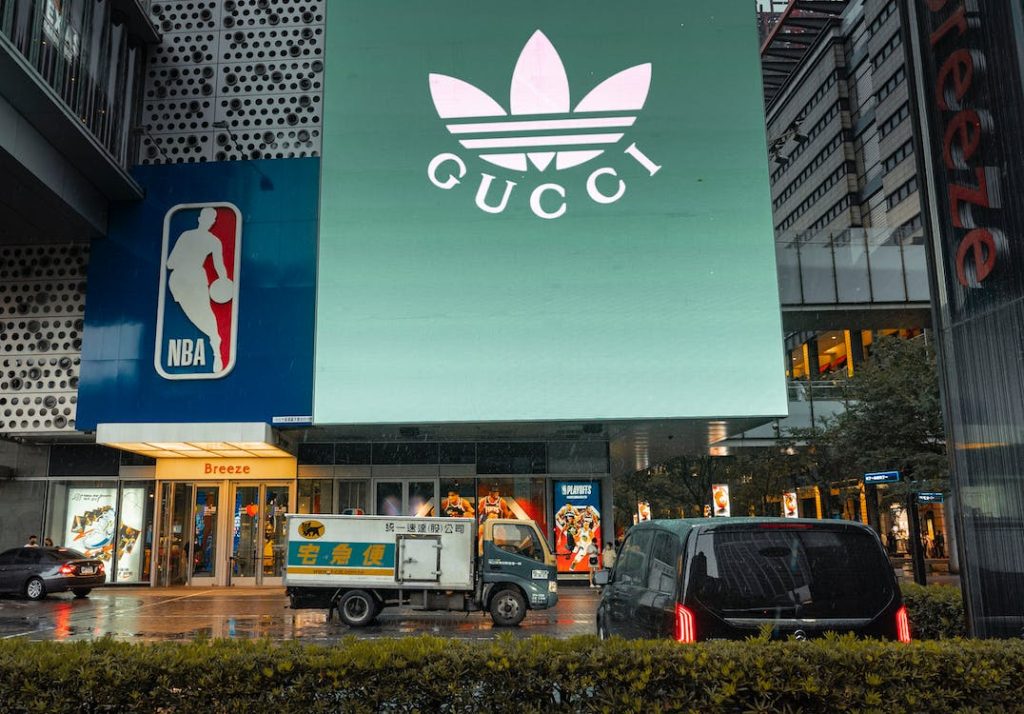Why Brands Should Protect Logo and Content.
When you’ve spent hours and hours trying to think of the perfect logo, it can be both overwhelming and stressful yet somewhat exciting. You’ve worked closely with a team of designers for several weeks and you’ve nailed the final product. It looks great, and now you’ve basically ready to show the world what you’re made of.
However, if you haven’t thought about protecting, or trademarking this logo, you could run into a ton of expensive legal problems further down the line. The same goes for your website’s content. To give you a helping hand, here’s why your brand should protect its logo and its content!
The Last Point of Call
Bill Bernbach, a leader in the world of modern advertising, once stated that when two businesses are pitted against each other as competition, it may get down to a point where creativity is the last unfair advantage.
By this, Bernbach means that a company’s logo, their content marketing posts, their tactics to approach the marketing world may be the last point of call between which company gets the customers, and which doesn’t.
As a business, you want to make sure that you’re on the winning side. By protecting your content and your logo, also known as intellectual property of your business, you’re effectively implementing safeguards so your competitors can’t use your own creativity against you.
Stop Copying Me!
One of the biggest benefits of protecting your business’s assets is the fact you can prove that your business isn’t plagiarizing your content. Google, the renowned leader in setting the rules and guidelines for SEO, will effectively punish and penalize your website if you’re caught plagiarizing.
Sara Gram, a SEO-specialist at State of Writing exclaims, “This will force you to drop down the ranks of the search engine result page, causing customers not to find you and so on and so forth. Of course, you can appeal this action, but it can take months to process, especially if your content isn’t protected. If your content was protected, it would be easy to know that you’re the owner of the content.”
However, without one, how can Google be sure?
This is the problem that many businesses face when caught up in a legal plagiarism battle. Whether you’ve unintentionally copied somebody else’s work or they have deliberately copied yours, it can seriously harm the reputation of your business, costing you time and money.
Fortunately, you can use online tools, such as Plagium and Academized, to check your content for plagiarism before uploading to your website.
Costing You Business
As I briefly touched on above, copied content can cost you customers and, therefore, business. You could spend hours pouring your heart into your content marketing campaign, only to have it stolen by another company could use it as their own.
If you’re losing customers to your competitors, the fact that you haven’t’ protected and copyrighted your content is directly costing your business money.
Kelvin Brown, a content creator at Paperfellows, continues, “Creating content is one of the hardest parts of the marketing campaign. It can take hours to brainstorm ideas and headlines in hopes of a piece that could go viral. Imagine if you had your piece stolen by another website and then it viral. Without protection, you couldn’t claim it was yours.”
It’s the same with your logo. If you’ve spent a lot of time and money trying to perfect your logo and you’ve found the perfect one, to have it stolen by another company will not only have stolen your customers, it will also damage your business’s reputation if they do anything illegitimate.
If you’ve outsourced your graphic design work to another company, such a freelancer, it’s important that make sure you claim the rights of that logo, especially if you haven’t used a third-party website that automatically states that the content changes ownership. You don’t want to hit the jackpot, only for the designer to turn around and claim that it’s there.
So, What Can I Do?
Fortunately, trademarking and copyrighting a logo, piece of content etc. is relatively easy. Simple search ‘register a trademark’ followed by the name of your country and you should be able to find all the information you need.
You must apply for a trademark in your own country before applying for an international trademark. The process can take around 8-16 weeks, depending on whether you fast-track your application or not and you don’t run into any objections. There will also be a processing fee. In the UK, this currently sits around the £170 mark.
Conclusion
It’s not worth pouring all your time into creating outstanding content if you’re not going to protect it. It’s like leaving your most valuable possession in your front garden, leaving the door open and then going on holiday for a couple weeks. It’s going to get taken, and it’s only going to hassle and stress for you.
Disclosure: This is a guest post composed my Brenda Berg, all opinions expressed in this article are that of Brenda Berg! Bio: Brenda Berg is a professional with over 15 years of experience in business management, marketing and entrepreneurship. Consultant and tutor for college students and entrepreneurs at Oxessays, is a part-time educator and Editor in Chief at Big Assignments. She believes that constant learning is the only way to success.



